In this week’s episode I will be exploring the benefits of using a haybox or Wonder Bag to prepare meals and cut down on energy costs. My guest is Liz Trigg (liztrigg_), one of the hosts of the Original Home Economist, who has had first hand experience of this mode of cooking.
As the name suggests haybox cookery involves placing partially cooked food in a box lined with hay although other materials with similar insulating properties can be used. A dish is prepared on a hob then brought up to boiling point and usually cooked for a short period at a highish temperature before being transferred to the haybox. The hay helps harness the residual heat in the cooking vessel. It’s a great way to prepare things like stews and porridge that benefit from slow cooking. Hay boxes were particularly popular during the world wars, although as I discovered the idea of cooking with residual heat may go back to the medieval era.
Interest in this form of ‘automatic’ cooking appears to have been sparked by an exhibit at the World’s Exposition in Paris in 1867:
The twentieth century would see a number of authors praise the virtues of this mode of cooking although it has to be said that not everyone was convinced. Margaret Johnes Mitchell (1869–1952) was an American writer and a dietician at the Manhattan State Hospital, New York. She published The Fireless Cook Book in 1909 which includes details on how to build a haybox. As well as saving energy, she believed the haybox eliminated excessive heat and odours from the kitchen, improved the flavour of food and could even dispense the need for servants. She also offers the following tips:
Cooking depends on the retention of heat so the larger quantity of food/liquid the more likely the heat will be retained.
The cooking vessel should be full in order to maximise the benefits of this style of cooking.
The cooking vessel should fit into its nest snugly.
Make sure the haybox is close to the stove so that you can transfer hot food quickly.
The box should be tightly closed once the food has been put in.
All food needs to be cooked for a certain amount of time before being moved to the haybox. This is vital to ensure that the contents cook correctly.
Hardness of water can affect cooking times i.e. food will take longer.
Useful Links & Further Reading
Liz’s recipe for Fabada Asturiana can be found in Instagram
Oatmeal porridge in a haybox (Ministry of Information film, 1940)
The Self-Acting Norwegian Cooking Apparatus - New York Medical Journal Vol X 1870
A fragment of a mediaeval fireless cooking pot, found in Monmouth Castle grounds
The Great War Cook Book by May Byron (1918)
Haybox Cookery by Ambrose Heath (1961)
“Two Anglo-Norman Culinary Collections Edited from British Library Manuscripts Additional 32085 and Royal 12.C.Xii.” Speculum 61, no. 4, by Hieatt, Constance B., and Robin F. Jones. (1986)


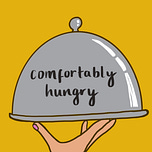


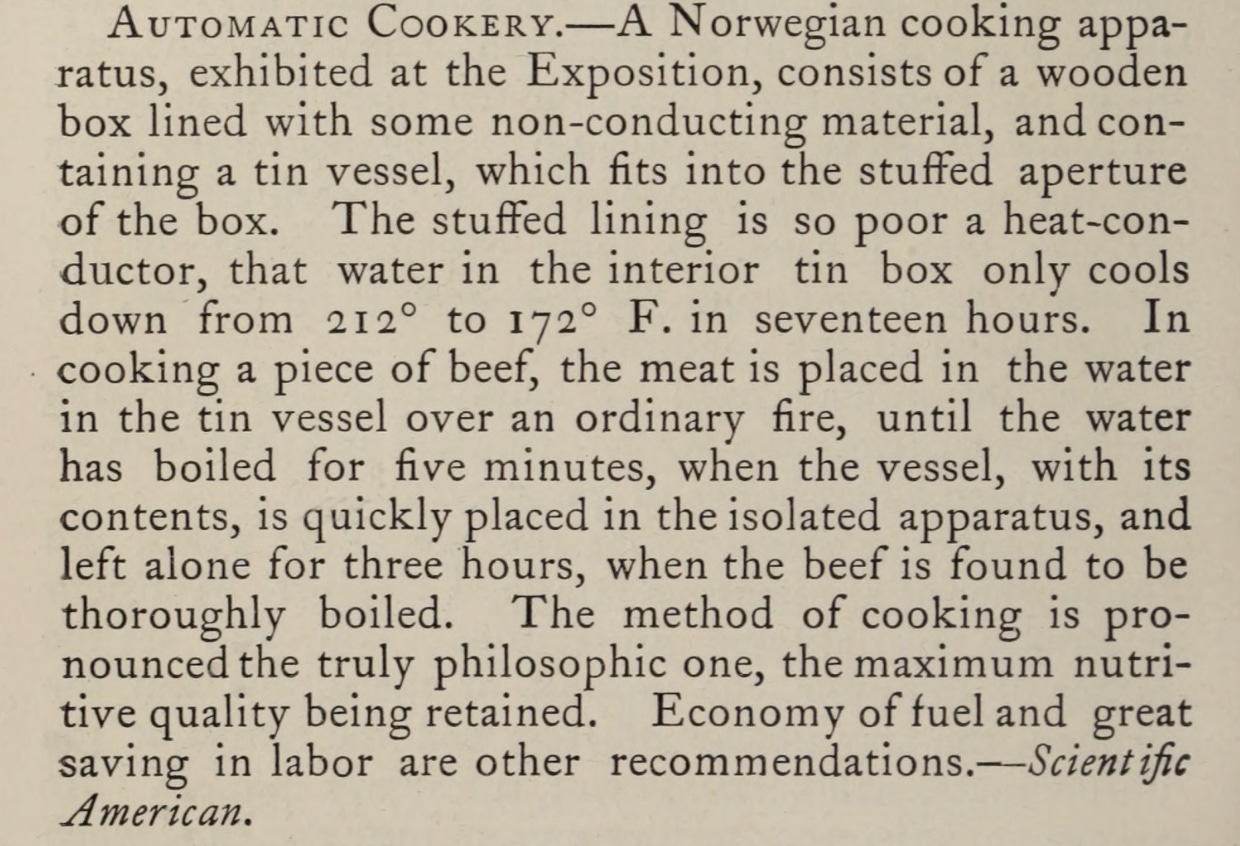

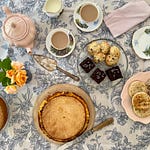
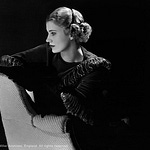

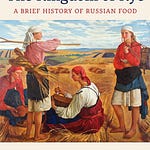
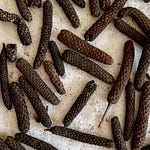



Share this post